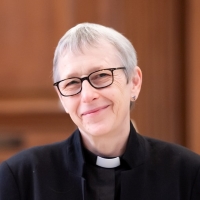At first sight, Holy Cross Day is rather a weird occasion to find as a major festival in the Church of England calendar – because the story behind it begins with, of all things, a holy relic.
And, as I’m sure many of us will remember from our Reformation history lessons at school, one of the things that happened when the Church of England came into being and broke away from the Catholic Church was that Henry VIII and his advisers did away all that stuff to do with holy relics and veneration of the saints, and other manifestations of what was then regarded as papist idolatry. And it remains the case today that (leaving aside the practices of some of our more extreme Anglo-Catholic brethren), the veneration of holy relics has never really had much of a place in Anglican spirituality.
However, interestingly enough, it does seem to me that Holy Cross Day is in fact an occasion that really is worth marking – for reasons that I hope will become clear.
But first a bit of background from the early Church. These days we are accustomed to the cross being the single most well-known, and most universally recognised symbol of the Christian faith. It might surprise you to learn that this was by no means always the case.
The first Christians, who were often savagely persecuted for their faith, used other symbols instead: there was the simple fish sign drawn from a single line – which was a very useful and hidden way for persecuted Christians to recognise one another in secret. As you may be aware, that symbol emerged because the Greek word for fish is ichthus. Which for the early Christians was an acronym for the Greek sentence Iesous Christos Theou Huios Soter – in English: ‘Jesus Christ Son of God Saviour’.
Another early Christian symbol that was used was that of the Good Shepherd; there was also the anchor, and the peacock. And yet another was a symbol called a Chi-Rho, which you may have seen: a large X (the Greek letter Chi) with a letter superimposed upon it that looks rather like a large P – which is in fact the Greek letter Rho: so these two letters together comprise the first two letters of the name Christos – Christ.
So, when did the symbolism of the cross take off? The story goes that it was on this day in the year AD 335 that the emperor Constantine, the first Roman Emperor to convert to the Christian faith and to make it the official religion of the Roman Empire, dedicated a basilica on the site of the Holy Sepulchre in Jerusalem.
During the construction of this basilica, the Emperor’s mother, Helena, who was herself a devout Christian, discovered what was believed to be the very cross on which Christ had been crucified. Immediately fragments of this, the ‘true cross’, were removed and distributed as holy relics, focuses for Christian devotion. And that in turn generated a new interest in the theological, spiritual, and symbolic power of the cross – a symbol that embraces such extraordinary contradictions and paradoxes: an instrument of torture and shame and death that is at the same time the ultimate source of our salvation, and liberation, and healing, and hope.
Now, there is of course, already another occasion in the Church’s calendar when the cross of Christ stands centre stage – both literally and metaphorically: namely, Good Friday: that bleakest of days when we are invited to walk the way of the cross with Jesus, and stand at its foot in awe at the power and the wonder of Christ’s love for us. So why do we need another day as well?
For me, there is a really significant difference between Good Friday and Holy Cross Day, which is this: the focus of Good Friday is very much on the horror and the desolation of that terrible day; the day when it really did seem that all hope was lost – so much so that at the moment of death Creation itself shook with grief and darkness fell upon the earth.
The regulars among you will have heard me point out before that the painting of the Crucifixion above the altar behind me (which is also one of the moving images on the home page of our website) is unusual because it is not merely a painting of Christ on the cross – it is a painting of his actual moment of death: that is why the sky is black; the face of Christ is the face of a dead man; in the background a lightning bolt strikes the temple, tearing its veil in two. That painting encapsulates Good Friday: desolate, devastating, the loss of everything. Even though, as the events of that first Easter morning were to demonstrate decisively, far from an end, it was in fact anything but – on the contrary, it was the beginning of something much, much more amazing.
By contrast to Good Friday, Holy Cross day gives us an opportunity to reflect, not on the desolation of the cross, but upon its precise opposite: to focus on the wonderful, mind-blowing, glorious life-transforming gift that comes to us because of the cross – it celebrates everything that is implied by that painting, but not actually shown. It celebrates the new life, and new hope, and new way of being that was freely and generously offered to us from the boundless love and forgiveness and grace of God.
In the late seventh century a monk called Andrew of Crete wrote this when describing Holy Cross Day:
We are celebrating the feast of the cross, which drove away darkness and brought in the light. As we keep this feast, we are lifted up with the crucified Christ, leaving behind earth and sin so that we may gain the things above. So great and outstanding a possession is the cross that whoever wins it has won a treasure. Rightly could I call this treasure the fairest of all fair things, and the costliest … for on it, and through it, and for its sake, the riches of salvation that had been lost were restored to us.
Holy Cross Day reminds us to rejoice and be glad for God’s amazing gift of love, and forgiveness, and grace – a gift that transcends all space and time; suffering and death. The greatest cause for celebration that there can be. Which is why it is wonderfully appropriate for us to be welcoming Margot into the Christian family on this special day; and to be celebrating with Charles and Bev the love and grace that they have shared throughout their years together.
In our service in church today, we sang one of our best known and best loved Passiontide hymns: When I survey the Wondrous Cross. And, quite rightly, and wholly appropriately, we sang its final verse with gusto, as a wonderful declaration of thanks and praise.
But funnily enough, the most memorable occasion on which I have sung that hymn, was a service in which we sang that final verse very differently. Many years ago I was invited to help lead a student mission at the University of Oxford. And on the final day, at a packed service in the University Church, which was led by Richard Holloway (who later became Bishop of Edinburgh), we ended by singing that same hymn.
And he suggested that, when we came to that final verse, we sang it not triumphantly and loudly, but instead quietly; reflectively; privately, and unaccompanied, to enable us to focus on what those words actually meant for each one of us.
The effect was utterly electric as we sang these familiar words, so simple and yet so profound – and encountered their power as if for the first time.
Were the whole realm of nature mine
That were an offering far too small.
Love so amazing, so divine
Demands my soul, my life, my all.
Amen.



